The Pile Fuel Storage Pond
The Pile Fuel Storage Pond is our oldest pond and one of the most significant clean-up projects on the Sellafield site. We're retrieving historic nuclear fuel, debris and sludges from the 70-year-old pond and placing it into safe, secure, modern storage.
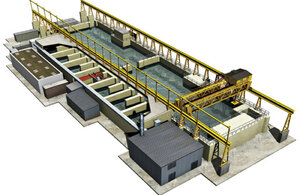
The Pile Fuel Storage Pond on the Sellafield site.
The challenge
One of our biggest challenges at Sellafield is the need to take waste out of our legacy ponds and silos.
These buildings are our most hazardous nuclear facilities and weren’t designed with decommissioning in mind.
The Pile Fuel Storage Pond was built more than 70 years ago, when the site’s purpose was to produce material for nuclear weapons.
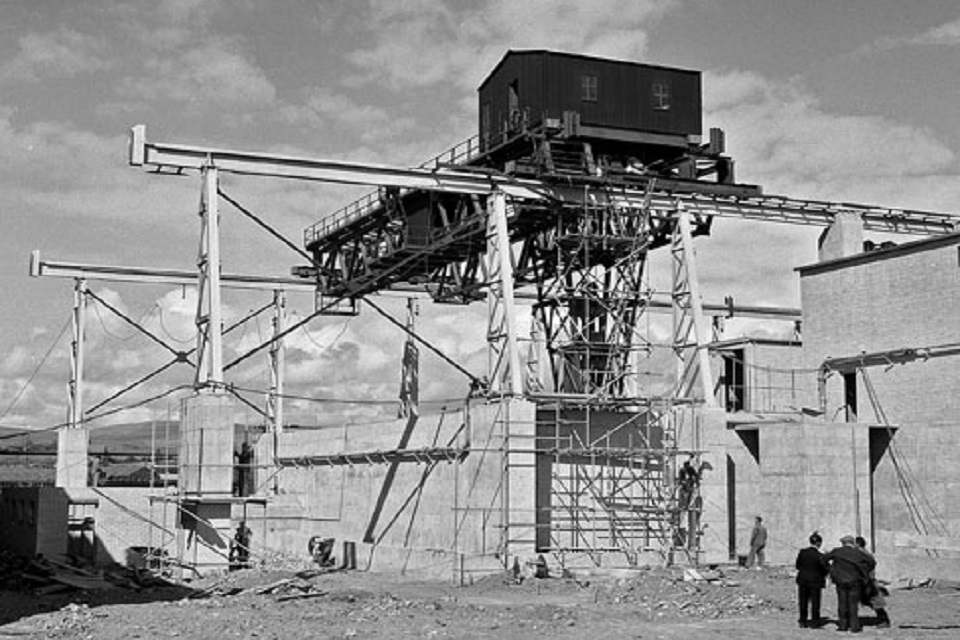
The Pile Fuel Storage Pond under construction
Measuring 100 metres long and 25 metres wide and containing approximately 16,000m3 of water, it is the largest open-air radioactive waste pond in the world.
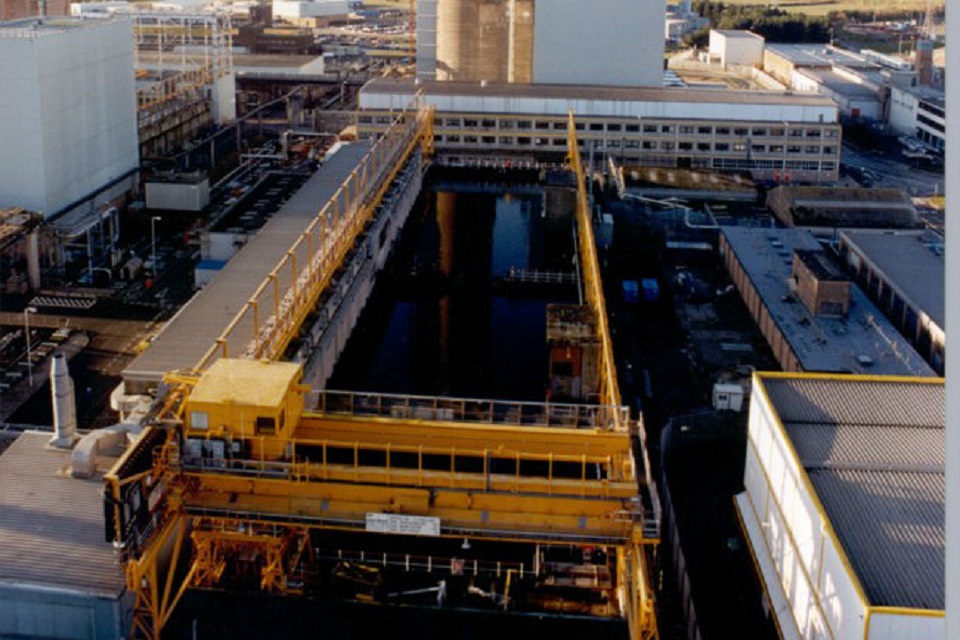
It was designed to receive, store and dismantle irradiated nuclear fuel used in the Windscale Piles – the first reactors to be built at Sellafield.
The building is made up of 2 cooling ponds, 12 decanning bays and 12 withdrawal bays, and is linked to the neighbouring reactors by water ducts.
Used fuel assemblies were received and stored underwater to cool for 6 to 18 months, before being transferred to a decanning bay where operators would separate the fuel from its cladding.
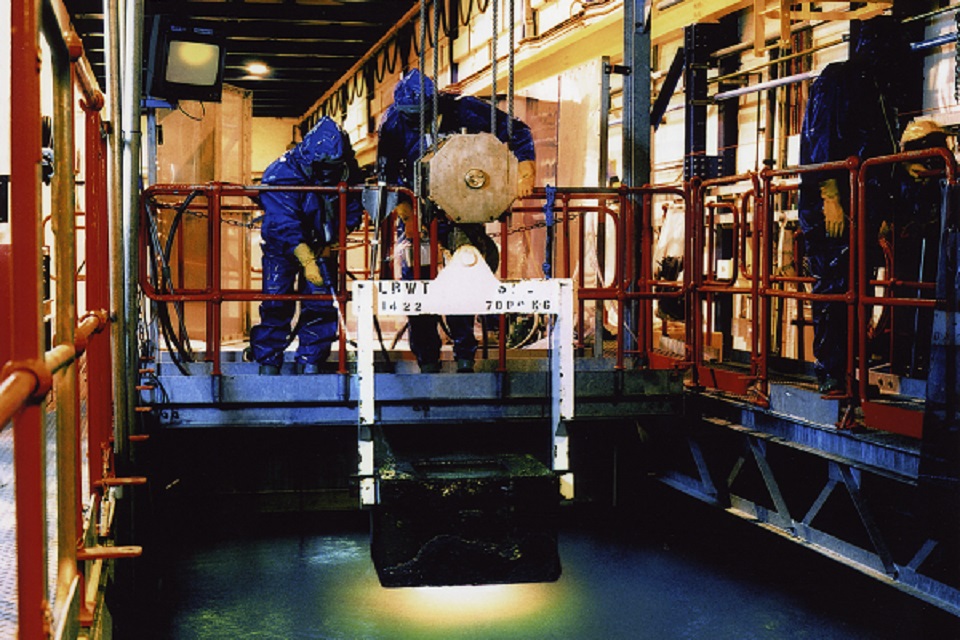
The separated fuel was then transferred to Sellafield’s Primary Separation Plant and the cladding was sent to the Pile Fuel Cladding Silo for storage.
Full production ceased following the Windscale Fire in 1957 which led to the closure of the Windscale Piles, but the pond continued to receive irradiated fuel and isotopes from other UK reactors until the early 1970s.
It was also used to store additional experimental fuels, isotopes and other irradiated items from nuclear sites around the UK as the industry developed and grew.
The result is a unique clean-up challenge requiring a range of solutions to remove, treat and store a variety of wastes including ageing fuels, other solid wastes and sludges.
The solution
The solution is to carefully retrieve the wastes from the pond, repackage them and send them to modern storage facilities elsewhere on the Sellafield site.
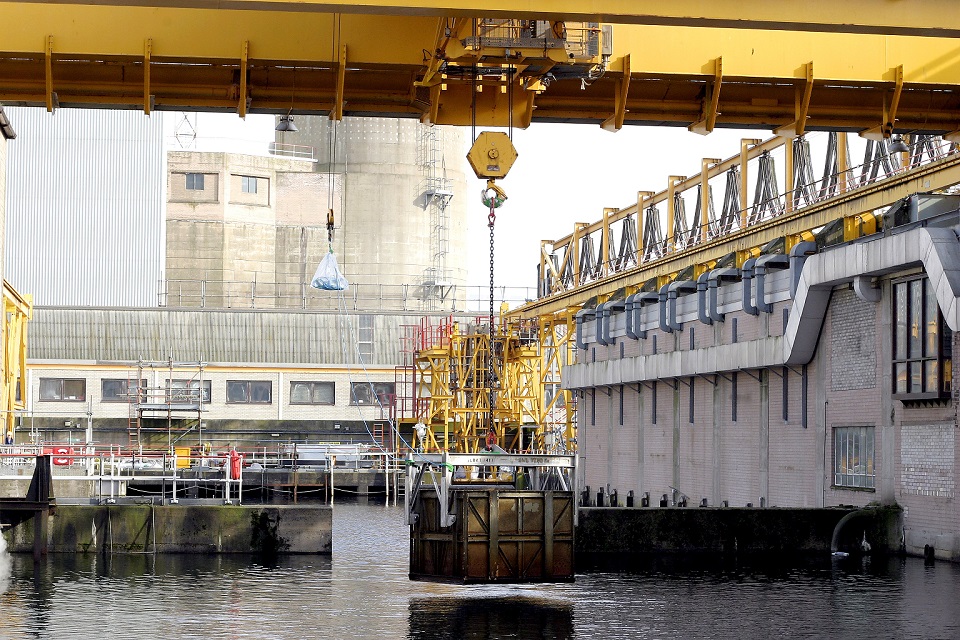
Retrieved fuel will be transferred to our Fuel Handling Plant, a more modern storage pond that routinely receives and stores used nuclear fuel from the UK’s operational power stations.
Other solid wastes and debris will be repackaged and placed in modern storage in our Miscellaneous Beta/Gamma Waste Store and Waste Encapsulation Plant.
Sludges will be pumped out of the pond into a purpose-built sludge treatment plant, transferred into 500 litre drums and mixed with concrete in our drum filling plant, then sent for storage in our Waste Encapsulation Plant.
Once the full waste inventory has been removed, the pond will be dewatered and eventually demolished.
| Benefits: | To reduce risk and hazard and safely store the waste. |
| Status: | Currently undergoing final retrievals |
| Collaboration: | Partnership with nuclear diving specialists Underwater Construction Corporation (UCC). |
Progress so far
We’ve already made significant progress in cleaning up the Pile Fuel Storage Pond, with over 76% of the radioactivity removed to date.
All the bulks stocks of fuel and over 300 tonne of other solids have been safely removed from the pond.
Sludge retrievals began in 2016 and over 150 drums of sludge have been safely exported.
In 2023, a team of specialist divers entered the pond for the first time in over 60 years, to help retrieve sludges and other debris from hard-to-reach areas.
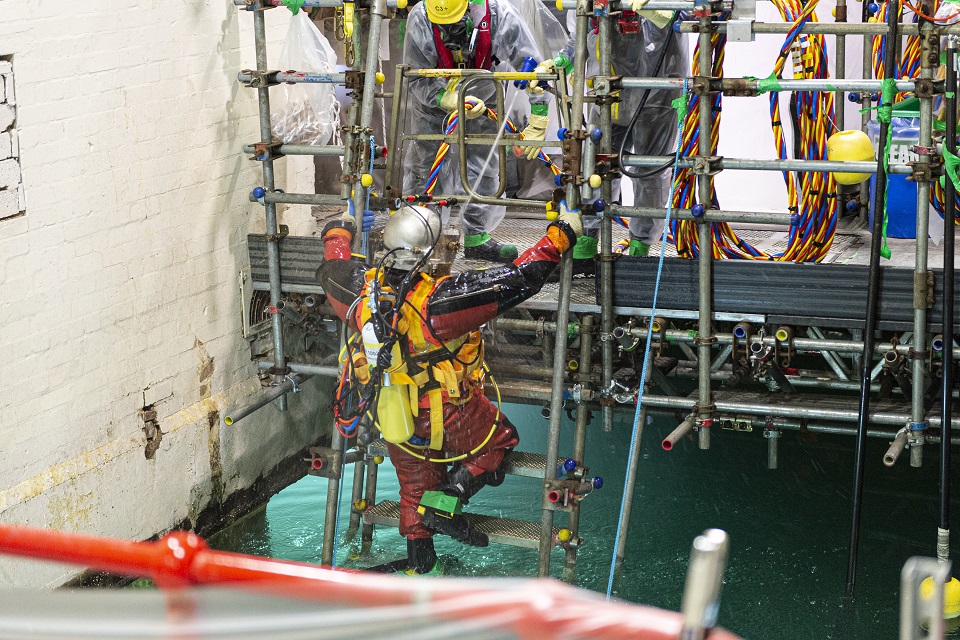
We still have an estimated 500 baskets of debris and some remaining fuel-bearing materials to remove, but we have a clear plan and established waste routes for each item.
Work is now underway to dewater one of the building’s wet bays to help inform our plans for dewatering the whole facility in the future.